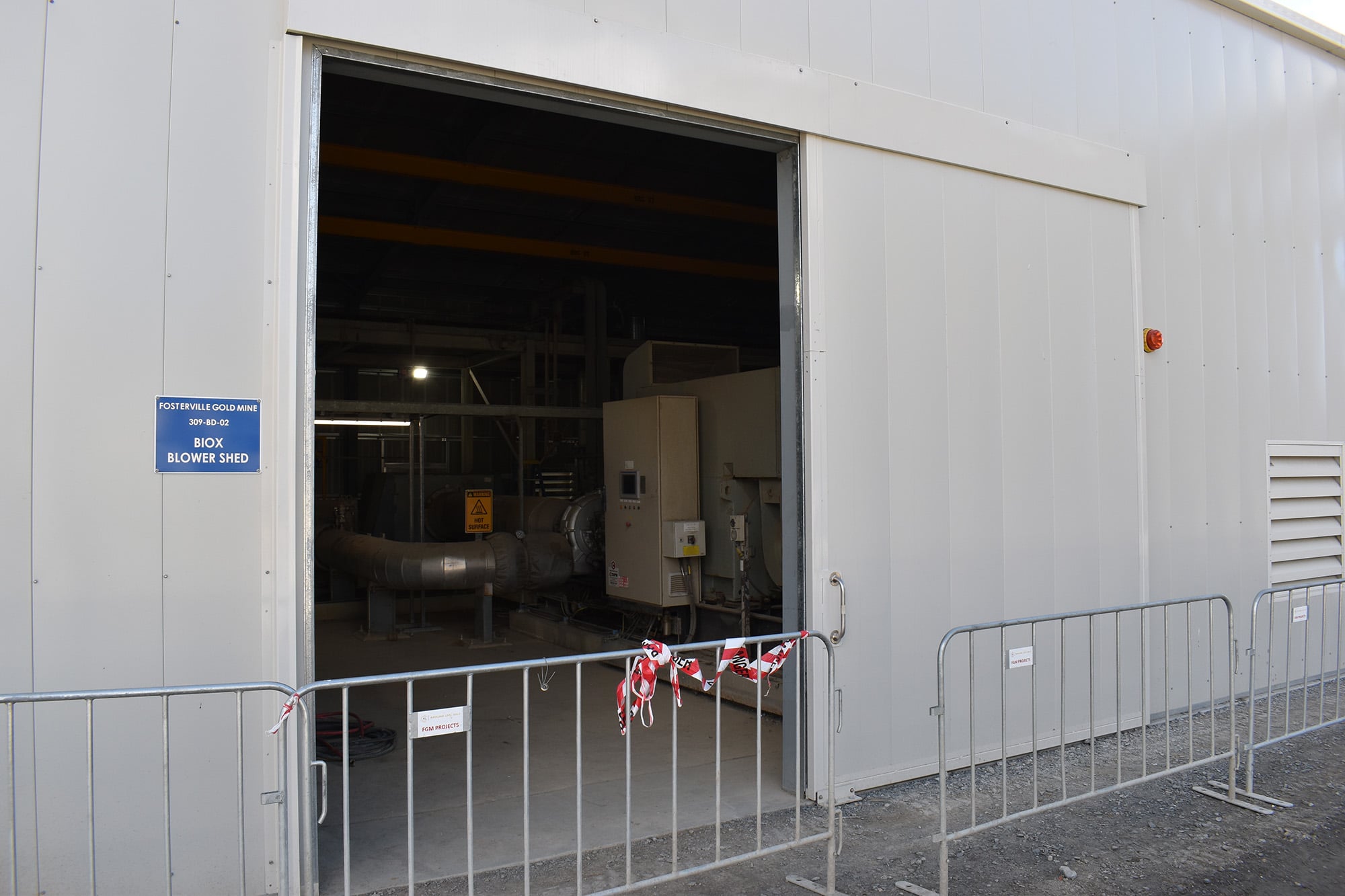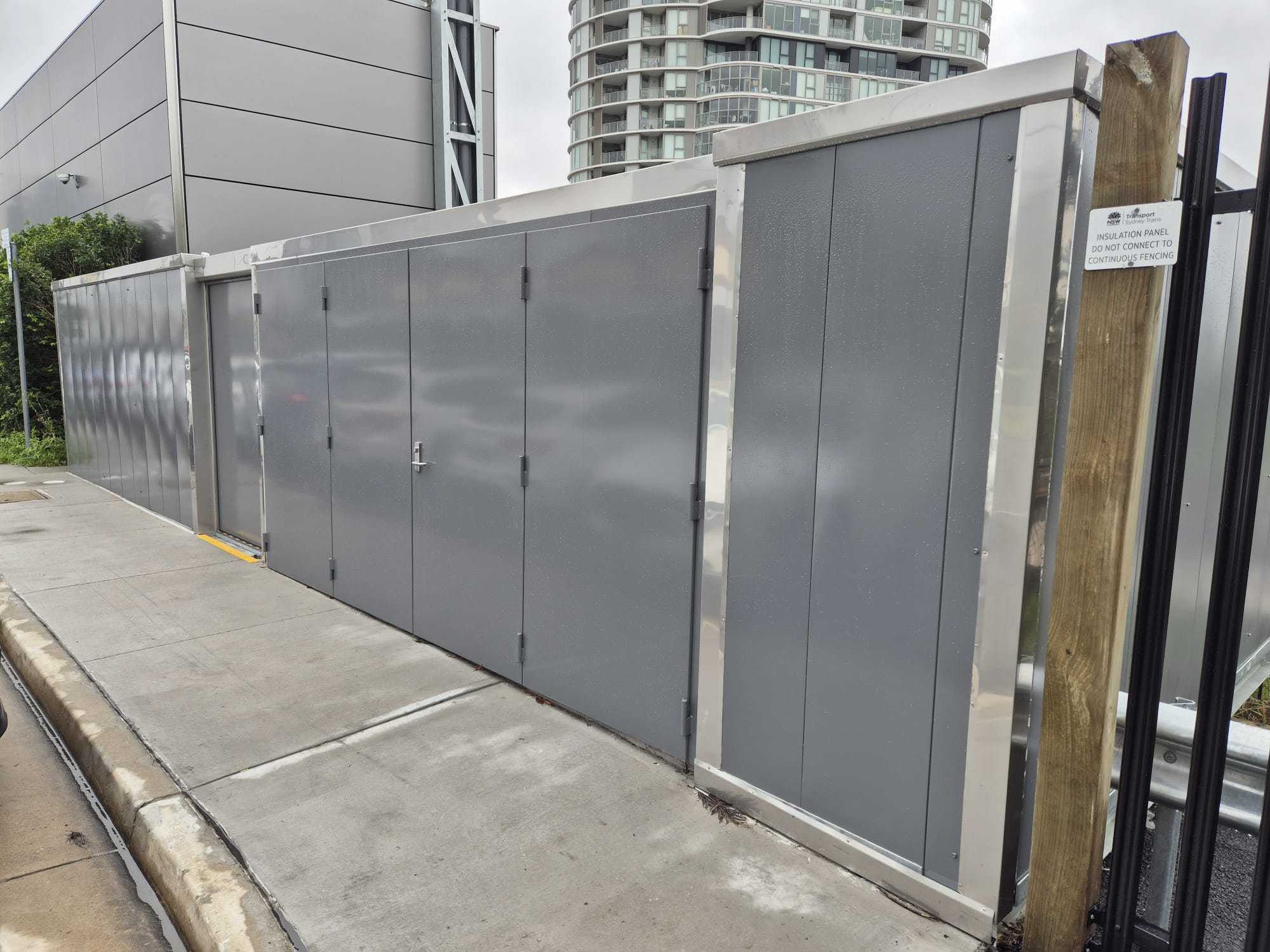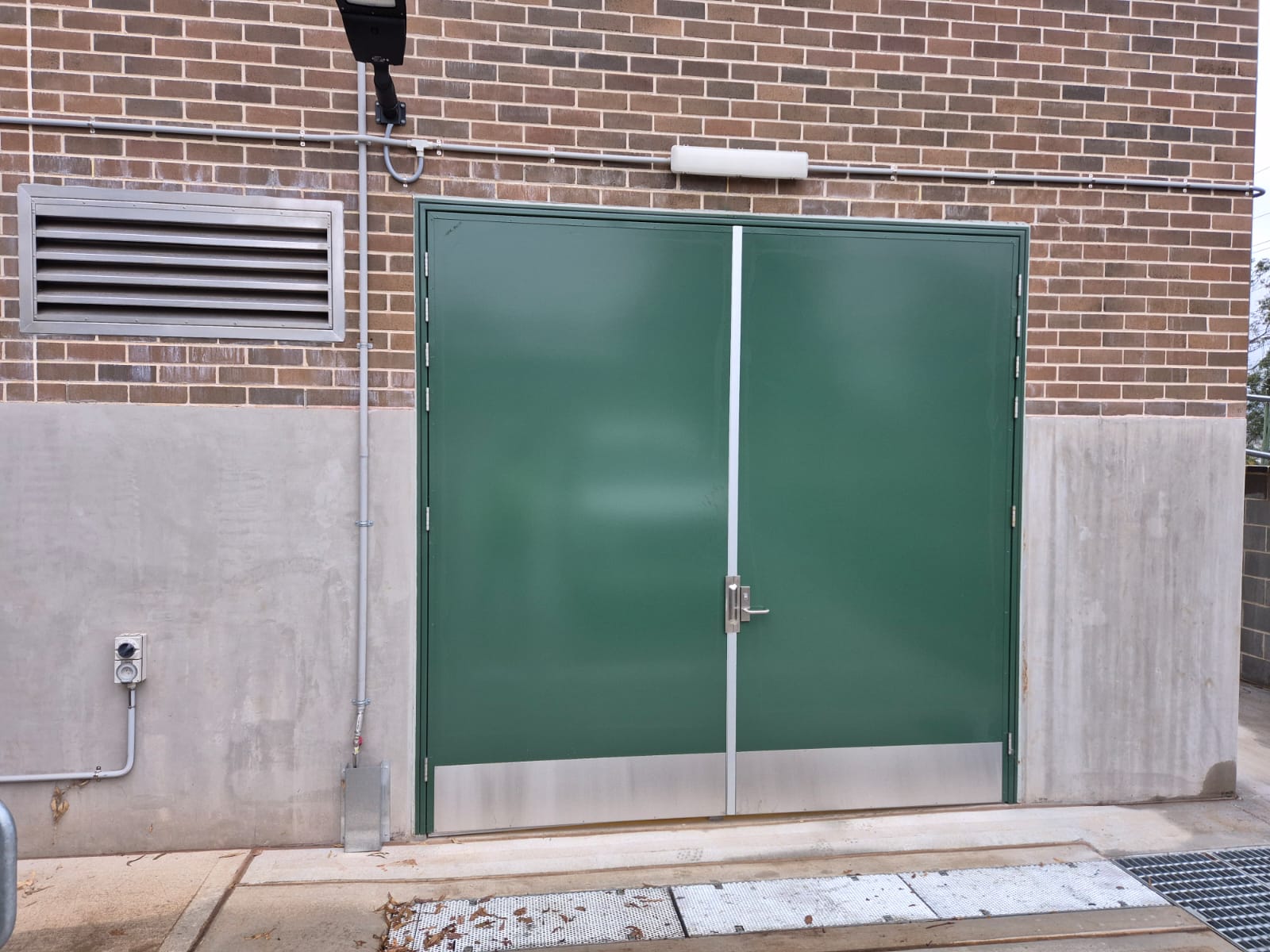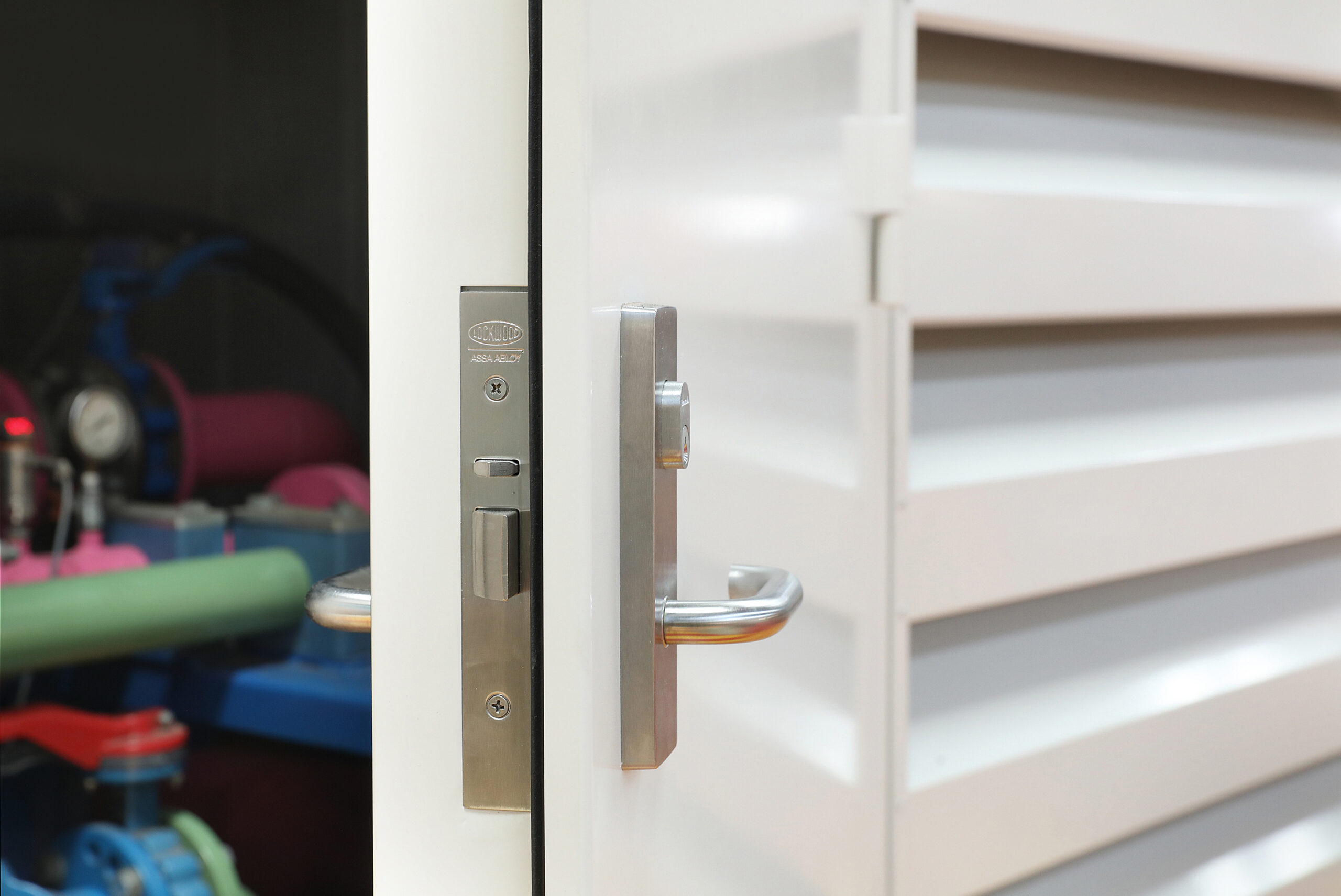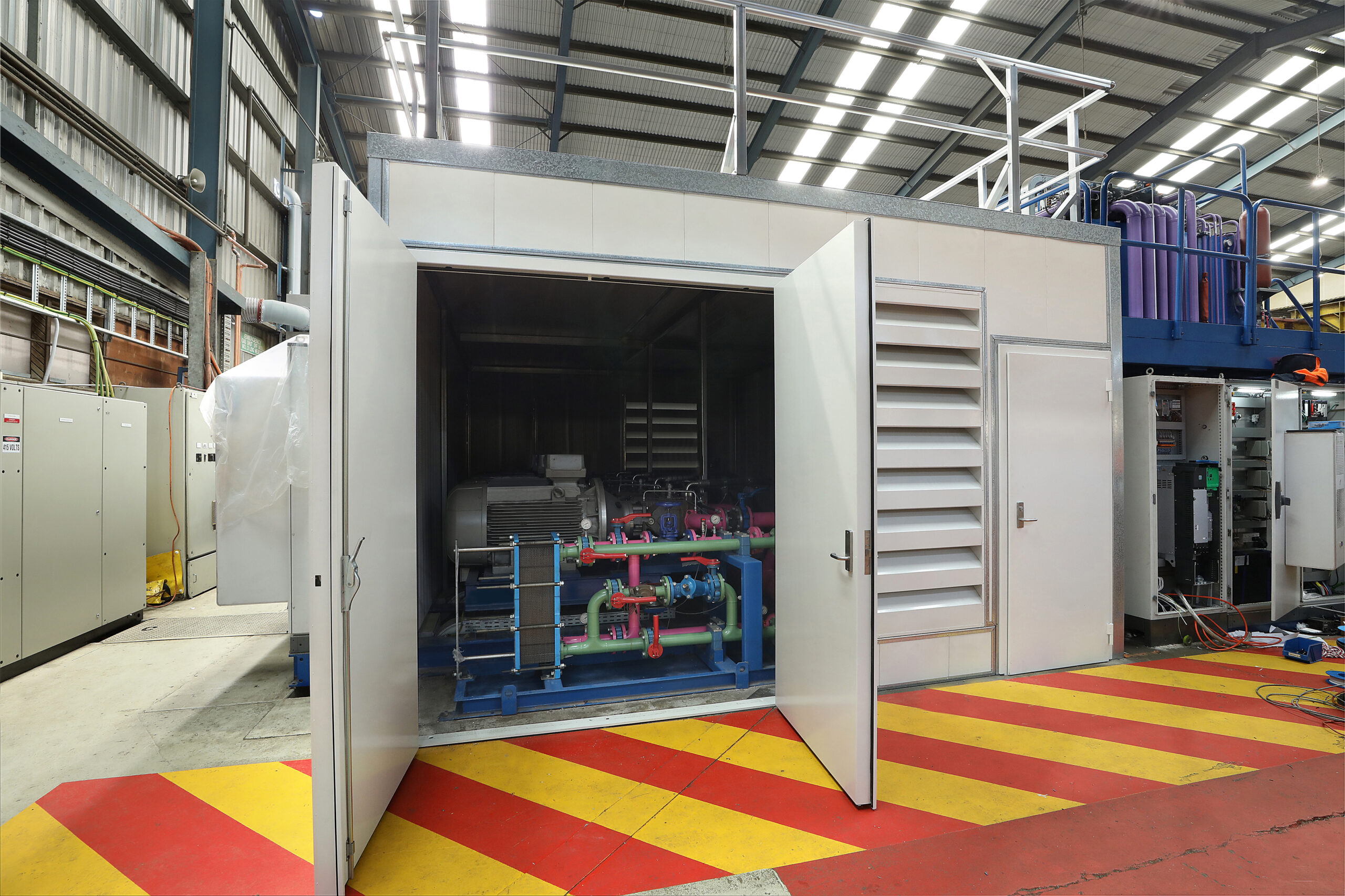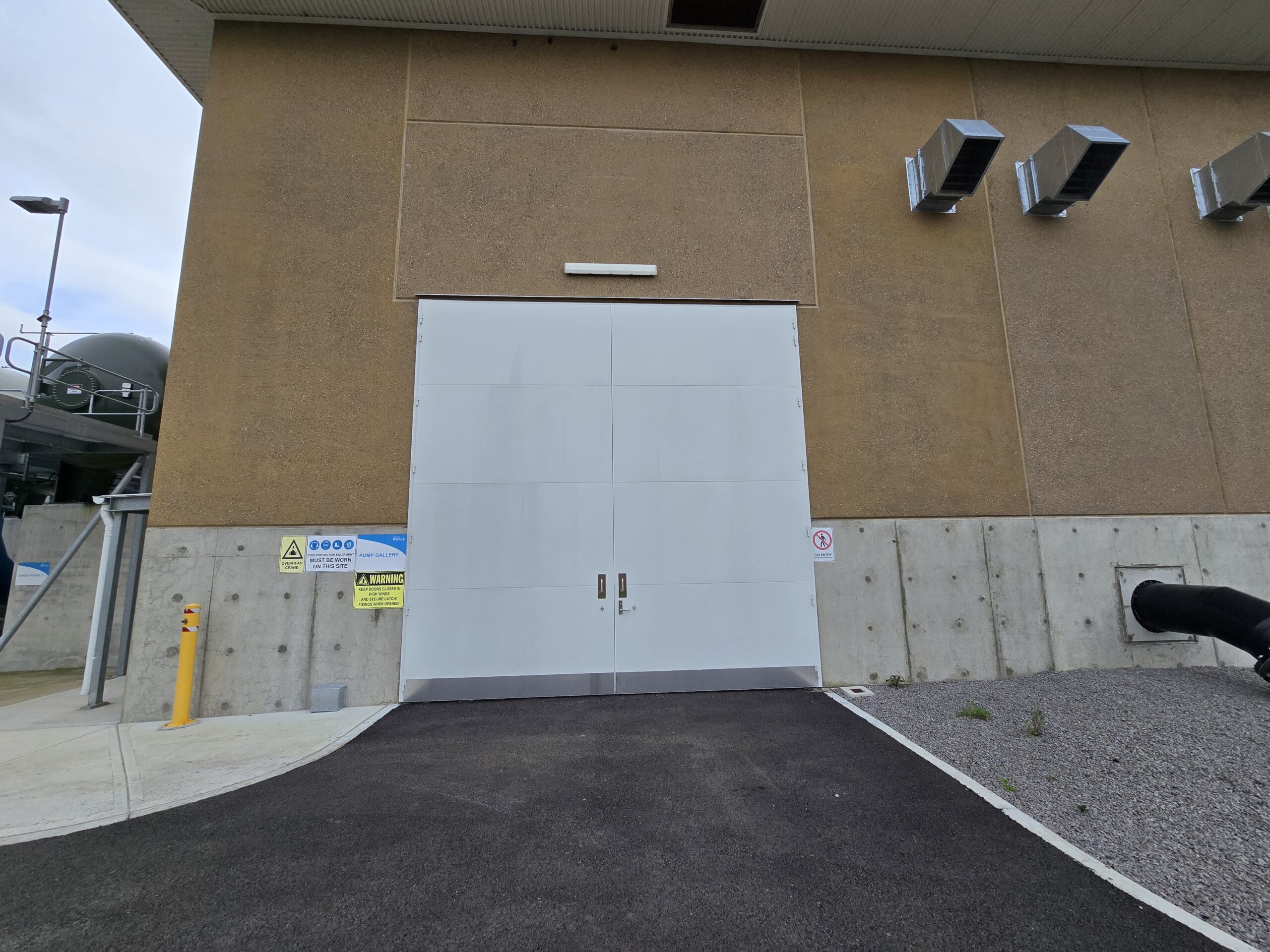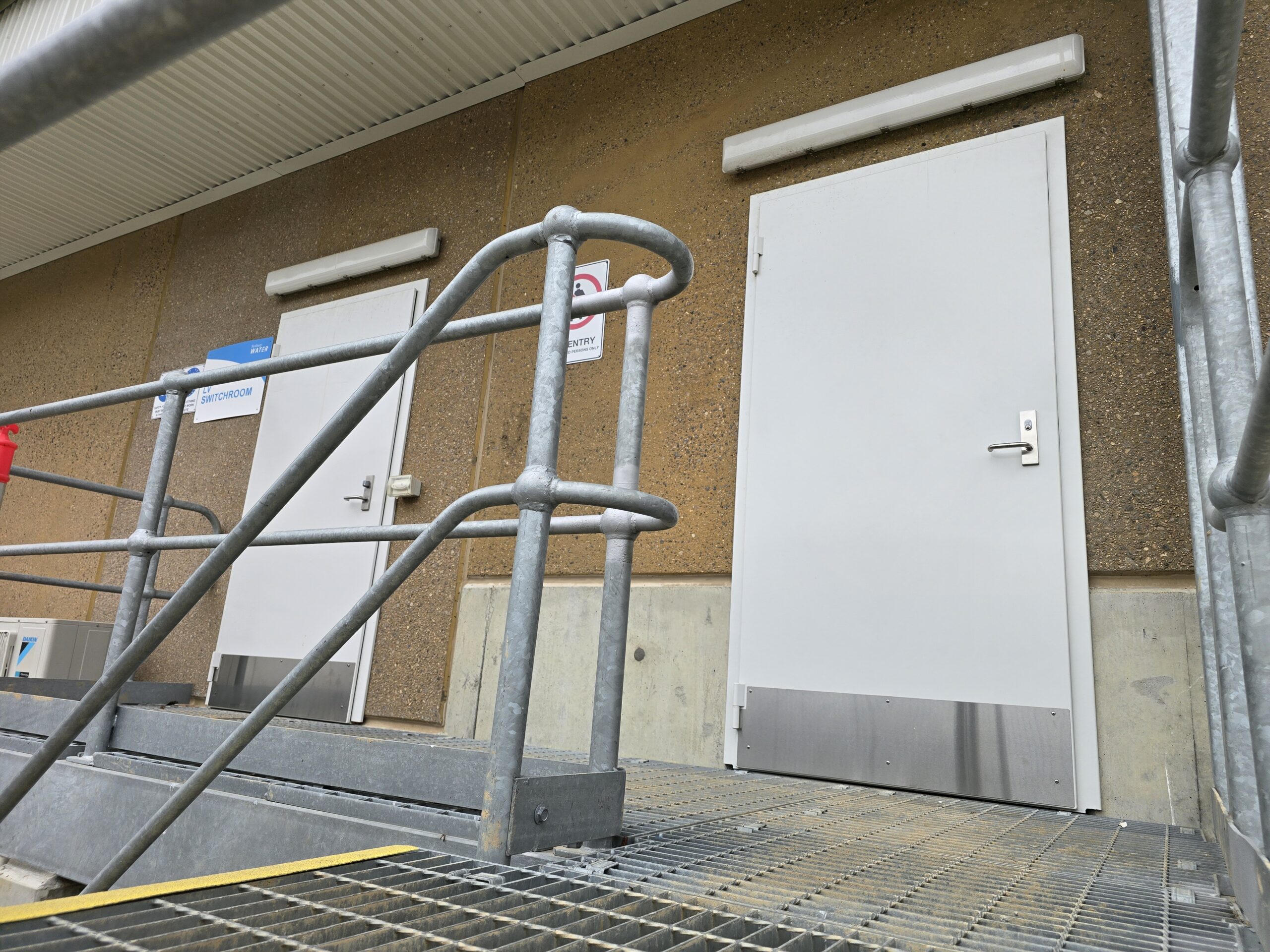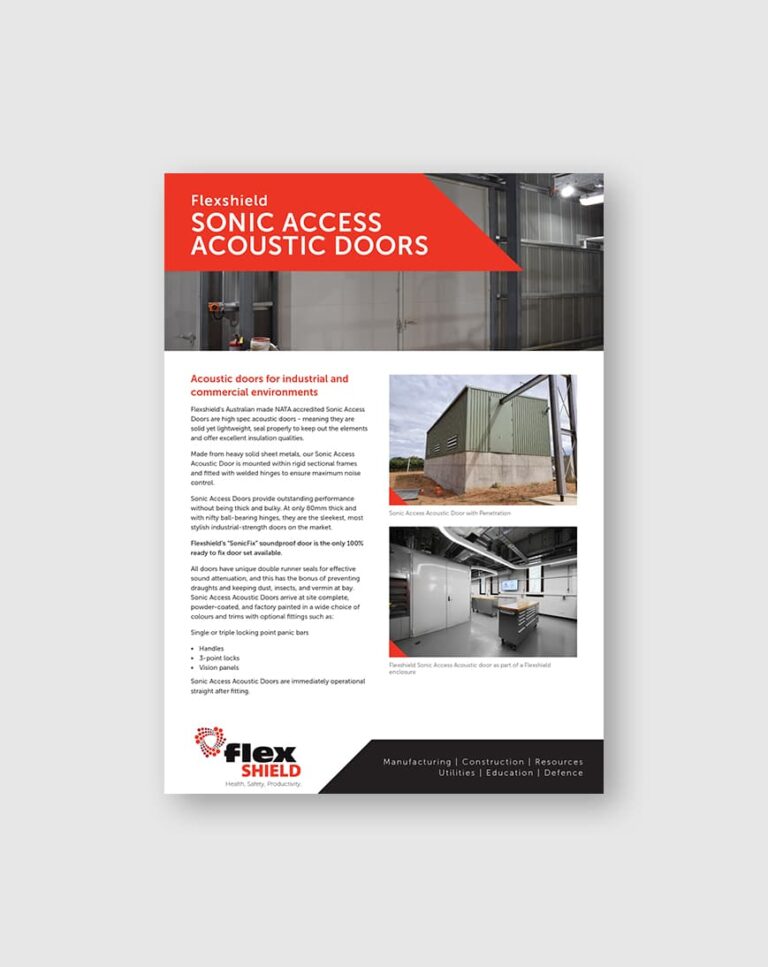Sonic Access Acoustic Soundproof Doors
Built for Industry. Backed by Sound Science.
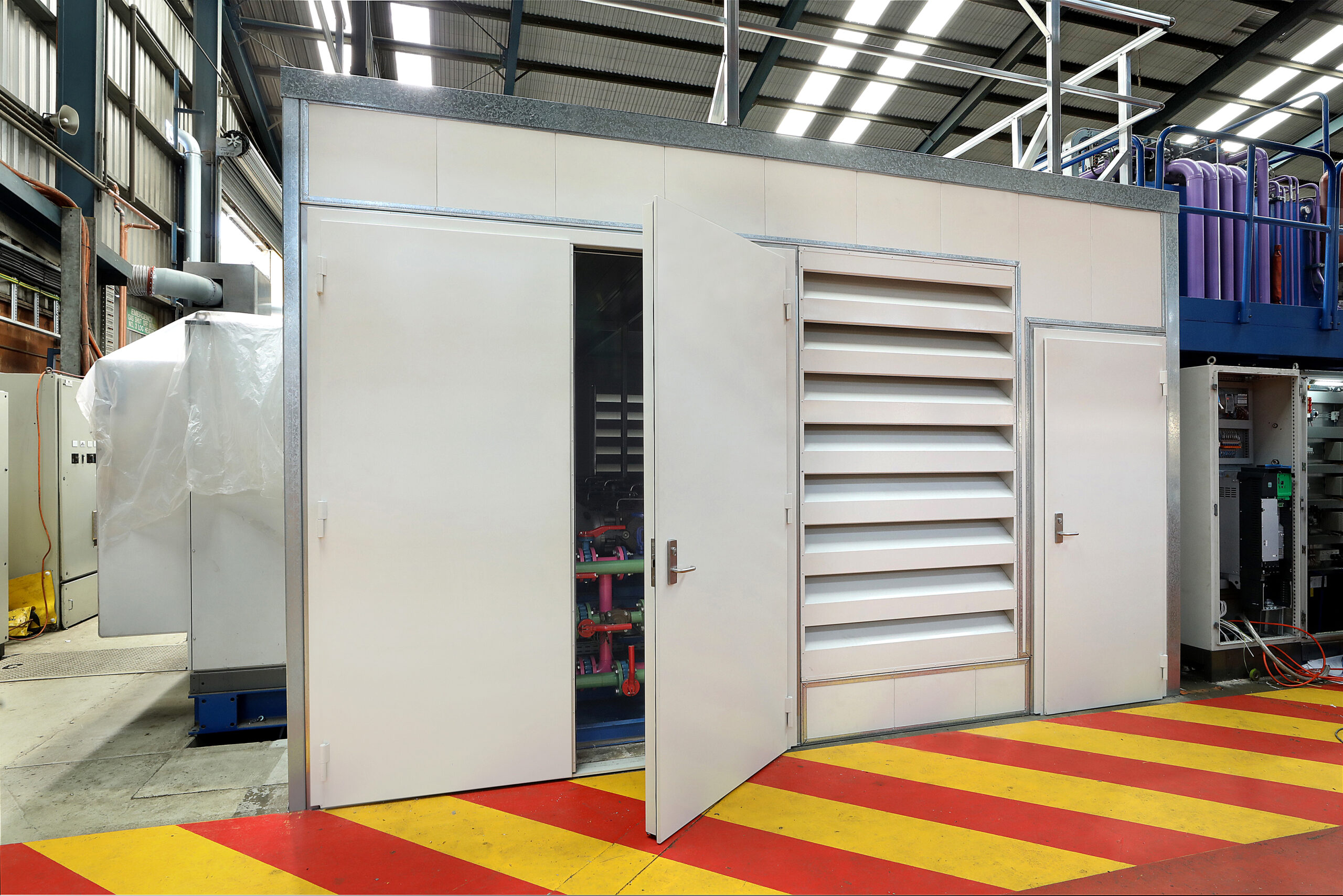
-
Backed by the Science of Silence
Powered by Flexshield
Manufactured by Flexshield, AcousTech Sonic Access acoustic doors are built in Australia with proven designs, tested materials, and reliable lead times.Trusted by engineers and built for performance
Engineers specify Sonic Access acoustic doors because they integrate seamlessly into larger systems and deliver verified acoustic results on site.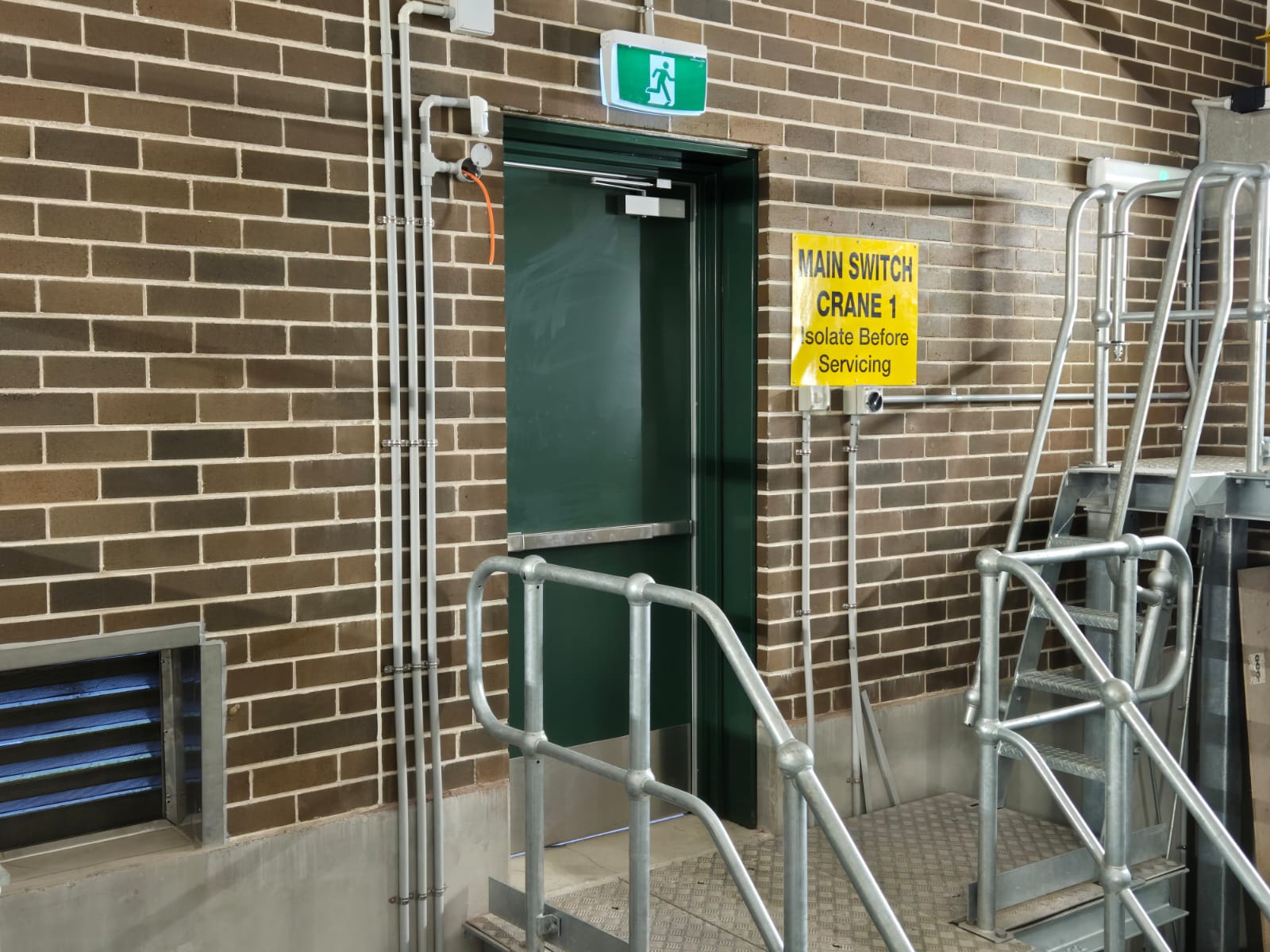
Key Applications
- Equipment rooms and acoustic enclosures
- Pump stations and utilities infrastructure
- Manufacturing and processing plants
- Transport and logistics hubs
- Power generation and energy assets
- Defence and government infrastructure
Performance
Sonic Access Acoustic Doors Acoustic Performance
• Single Leaf Door: Rw (C;Ctr) = 46 (-1, -4) dB
• Double Leaf Door: Rw (C;Ctr) = 45 (-1, -3) dB
• High attenuation at low, mid, and high frequencies
• Strong real-world performance across environments
Construction
Built to Withstand, Designed to Perform
Every Sonic Access Acoustic Door is designed for durability and consistent use in industrial settings. Each Sonic Access acoustic door includes:
- 80mm thick door leaf with high-density core (91.9 kg/m²)
- Double-runner perimeter seals for maximum sound isolation
- Reinforced steel frame and welded ball-bearing hinges
- Factory-applied powder coat finish
- Weatherproof, dustproof and vermin-resistant construction
- Supplied as a complete unit with our SonicFix ready-to-install system
Need a Fire-Rated Option?
If your project requires fire compliance as well as noise control, we’ve got you covered. Our SonicGuard acoustic fire door provides a certified fire rating with reliable acoustic performance.
While the acoustic rating is reduced compared to Sonic Access, SonicGuard is engineered for applications where both fire safety and noise reduction are essential.
Ask our team about how SonicGuard can fit into your acoustic design.
Why Acoustic Doors Matter
Noise rarely stays in one place. But your operations often need it to. Sonic Access doors provide a practical way to contain unwanted sound while maintaining access and security.
- Maintain compliance with workplace noise standards
- Prevent sound leakage into surrounding areas
- Improve comfort and communication in adjacent spaces
- Avoid unnecessary downtime with doors ready for immediate use after install
Testing & Compliance
Technical Compliance
- Tested at: RMIT University Acoustic Laboratory
- Standards: AS/NZS ISO 717.1-2004 | AS 1191-2002
- Environmental conditions:
- Temperature: 23.5°C
- Humidity: 75%
- Test Room Volume:115 m³
- Certified: NATA-accredited results available
How To Specify
Customise to Fit Your Project
We work closely with engineers, builders and facility managers to configure each acoustic door to meet the unique needs of the project.
Options include:
- Vision panels
- Door closers and kickplates
- Panic bars and locking systems (single, double or triple-point)
- Custom hardware configurations
- A full range of colour and finish selections
Ready to Specify?
Let’s take the complexity out of selecting the right acoustic door.
Contact the AcousTech team to:
- Discuss your application
- Receive specification drawings
- Book a site assessment
- Request NATA test documentation

